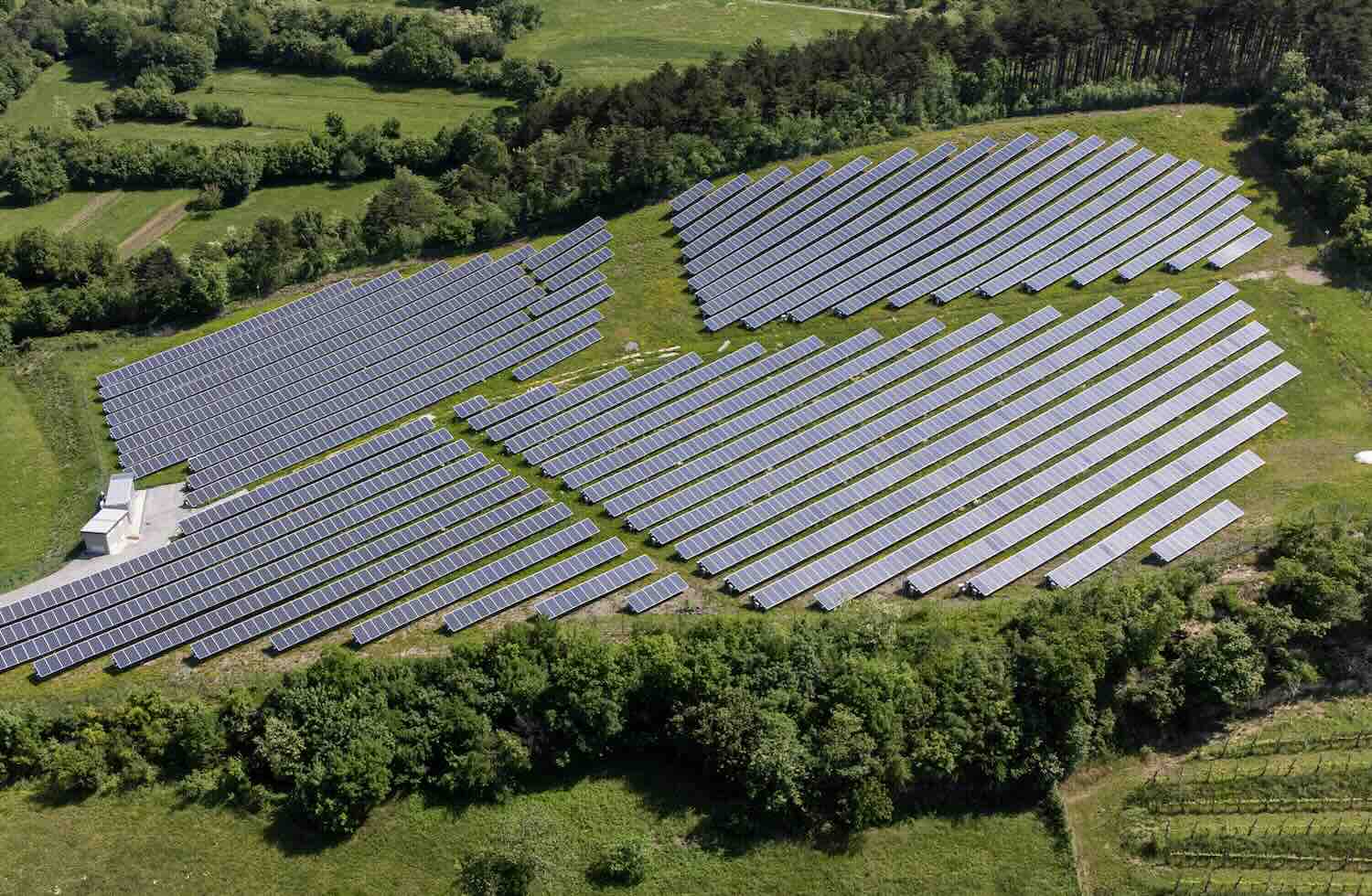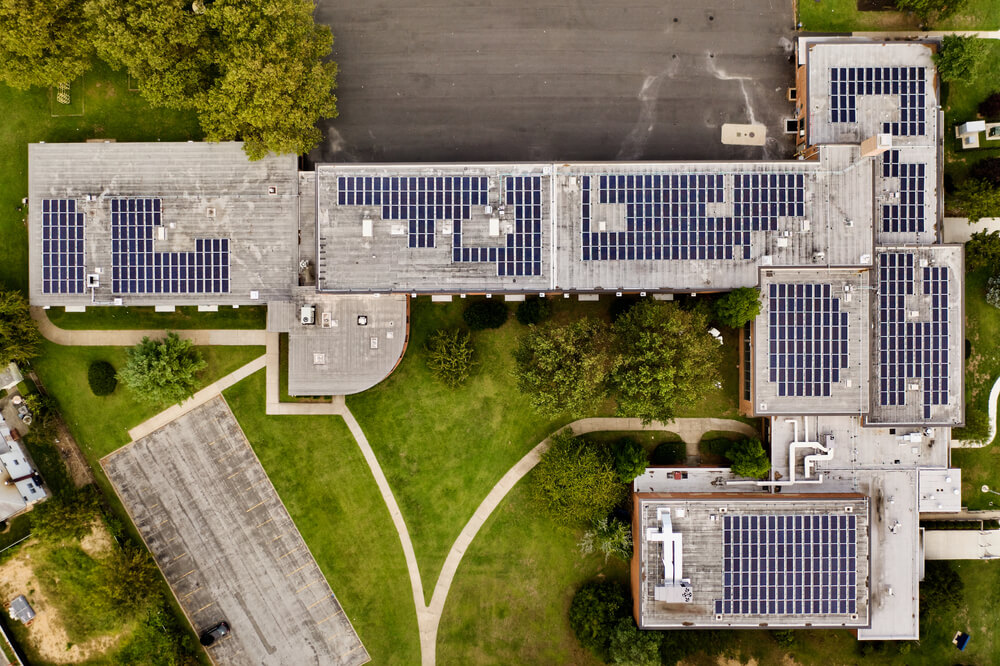ImpactAlpha, Oct. 26 – Hurry up and wait.
Lenders, community groups and consortiums of nonprofits that met this month’s deadline to apply to manage parts of the $27 billion Greenhouse Gas Reduction Fund don’t expect the Environmental Protection Agency to announce awards until next spring.
The biggest chunk of that funding, part of last year’s Inflation Reduction Act, is the $14 billion National Clean Investment Fund, colloquially known as a national “green bank.”
“It’s not enough to help us reach our goal of Net Zero in 2050, but it’s a massive, unprecedented, historic step forward,” says Adam Kent of the Natural Resources Defense Council’s Green Finance Center.
Kent spoke with ImpactAlpha about the program and what might happen next. “Now is when the real race begins,” he says. “That entire ecosystem needs to start communicating and working together now so they can be ready for next summer.”
Collaborative proposals
The IRA included $27 billion for the EPA in three tranches for “different but complementary programs,” Kent explained.
The $14 billion National Clean Investment Fund is meant to stand up what some are calling a national green bank (Kent and others prefer “national green financing program”). The EPA expects to make only two or three awards for the clean investment fund, which will work with the private sector to finance green energy and resilience projects, including building energy retrofits, small-scale community solar and agricultural projects that store carbon and increase the resiliency of farm communities.
Lower-income and disadvantaged communities are to get 40% of that $14 billion allocation.
Because of the weightiness of the program goals and the small number of awards, EPA has signaled it really wants to see collaboration amongst applicants, Kent said. That’s been demonstrated publicly. As an example, the Coalition for Green Capital named as “sub-awardees” the California Infrastructure Bank, the Illinois Finance Authority Climate Bank, Michigan Saves, Solar and Energy Loan Fund and several more.
Several groups including Rewiring America, Enterprise Community Partners, Local Initiatives Support Corp. and Habitat for Humanity International have partnered in a new coalition called Power Forward Communities.
Climate United, a consortium led by nonprofit impact lenders Calvert Impact, Community Preservation and Self-Help, has also promised collaboration with lenders, technical assistance providers and other community partners.
Of the remaining money, $6 billion is earmarked for the Clean Communities Investment Accelerator. All of the clean communities money is earmarked for lower-income and disadvantaged communities. The EPA will award up to seven “hub” nonprofits that will provide capital and technical assistance to lenders around the country to support smaller projects like electric vehicles or building decarbonization.
A third program is the $7 billion Solar For All, which is intended solely for projects in lower-income and disadvantaged communities. Up to 60 awards will be made for what Kent calls “smaller-scale” projects, which the EPA wants to see distributed equally throughout the US, ideally flowing to communities via state governments.
Priority projects
EPA has identified three priority project categories that it considers particularly impactful: distributed energy generation and storage, net-zero emissions buildings, and zero-emissions transportation. Distributed energy and storage might include things like residential rooftop solar panels, community wind and solar, fuel cells, and stand-alone energy storage.
For net-zero emission buildings, the program might fund things like the decarbonization of affordable multifamily housing, or retrofits for smaller residences and manufactured homes. The transportation category might include deploying chargers and other infrastructure to support zero-emissions vehicles, as well as building charging and refueling depots for zero-emissions trucks and public transit.
Community and equity benefits
There are three big themes in the IRA’s EPA funds, Kent said: greenhouse gas reduction and other environmental advances, positive knock-on effects that flow from those advances, such as economic outcomes and health improvements, and finally the prioritization of leverage and private capital.
Sometimes those ideas don’t always mesh as well as they could, Kent points out. Consider a poor community where homes are structurally unable to be retrofitted for energy upgrades.
“You can’t put on a solar panel or a heat pump if your roof is caving in,” Kent says.
And because the amount of money at stake is so large and the awards so few, it’s imperative that the awardees understand the communities they are serving. Applicants were required to share details of how they planned to do that, Kent said, making clear the community and equity benefits they would target, as well as how they plan to engage with residents.
“EPA is looking for representation,” he says.
NRDC and others formed a coalition called the GGRF Equity and Governance Best Practices Alliance to help applicants for the greenhouse gas reduction fund incorporate principles of equity in their application, Kent says. The group created a guide for applicants tied directly to the National Clean Investment Fund and Clean Communities Investment Accelerator applications including specific recommendations for good governance, flow of funds, and so on, as well as a pledge for applicants to take that demonstrates their commitment to following through on these principles and practices.
Reporting on outcomes
IRA sets out fairly stringent reporting requirements over a seven-year period once the money is awarded, Kent said. “EPA is a regulator so you better believe they have thought about this.”
The challenge, he believes, is making sure there’s adherence to the law and the mission of the program, while also respecting the fact that many of the players involved will have lean staffs focused more on programming than on back-office compliance.
The ideal model for this type of program, Kent says, might be the arm of the US Treasury that certifies and finances community development financial institutions.
Next steps
EPA says it anticipates making the awards for the NCIF by next July. Kent and others expect awards to be announced in the spring. By law, the money needs to be obligated by September 30, the end of the federal fiscal year. Thus any changes in the White House or the party makeup of Congress after the November elections shouldn’t affect the program.
This year is the time to build pipelines of projects, for key players to forge partnerships with each other and with state and local officials and community groups on the ground who know builders, developers, and so on. Some of that work has already started to happen, via the collaborative application process. Several of the applications contained many of the same partnerships, Kent noted.
“Because there has been such consolidation in the applicant field, a lot of people could put their heads together and flesh out good strategies that could be adopted by whoever wins the grants.”











